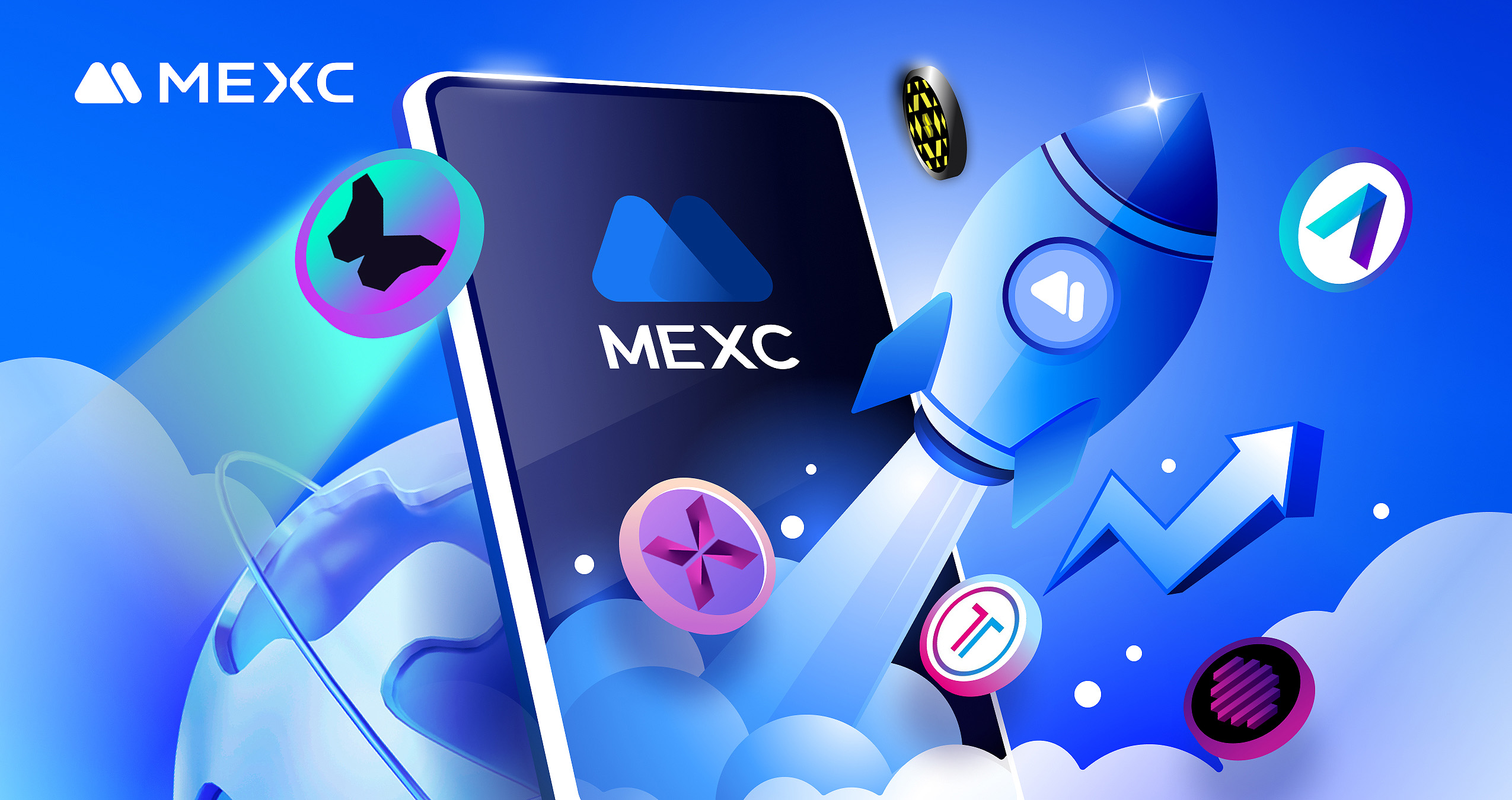Tokenomics means tokens and economics. It subsumes the issuance and distribution of tokens that are within a specific ecosystem. Tokenomics also wield the power of supply and demand (economic and financial system) that is made around a blockchain-based digital token.
Note: Tokens are digital assets with no native blockchain. They are managed as part of a blockchain-based network. A coin on the other hand is a unit of digital currency that exist on its native blockchain (example include likes of BNB, Solana etc.).

Important Components of Tokenomics
Token supply
This is an important part. Supply and demand existed in the physical world of goods and services. This can’t be exempted in the cryptocurrency world. A decrease in supply results in increased demand, hence there is a rise in price and vice versa. But not all tokens/coins with low supply can command high demand, this is why utilities are an important factor. But not the only factor.
In economics, when demand is high and prices increased, suppliers are ready to produce more to make a profit. But more supply will reduce the demand sooner or later. However, in cryptocurrency, there is total supply, maximum supply, and circulating supply. This means a crypto project with a maximum or finite supply won’t allow this.
Note: maximum supply is the maximum amount of a specific digital asset that will ever be created or made available for distribution. Total supply is the circulating supply plus coins not yet in the open market (might be locked for a certain period) minus coins burned. The circulating supply is all coins available for trading.
It is also important to know if the token is an inflationary or deflationary one as this can affect the demand and supply.
Vesting
In Tokenomics, vesting is vital. It’s simply the release schedule of a token. Vesting entails how the core team of a token or coin distributes a certain percentage to various parties involved in the project. This is because most projects are sold before launch to raise capital, and definitely at a cheaper price. There is the private sale, public sale, etc. and it should be noted that the core team, partners, and foundation also have their allocation.
Vesting is healthy for a project and should last over a couple of years. Mostly, shouldn’t be less than 12 months. For example, CryptoGPT has it vesting of 3 years.
Allocation
This is basically how a token maximum supply is distributed. Most times allocations are represented in percentages. In Tokenomics, allocation and vesting should be compared together before making the final decision, as each complements one other.
For example, CryptoGPT, the team allocation is 16%. This might be a little bit high, but with a vesting period of 3years, it is still good. Public sales have a 20% allocation. That’s high but coupled with the fact that no private sales, then a 3years vesting period, that’s good. Partners and advisors 6%, liquidity, staking, and MM 20%, marketing 3%, and development reserve 10% still show healthy allocations.
Conclusion
Tokenomics isn’t the only fundamental needed in your decision of investing in a particular project. All due diligence must be observed. But also, there is a need to know what value accrual method has been considered by the project’s core team.
Personal Note From MEXC Team
Check out our MEXC trading page and find out what we have to offer! You can learn more about cryptocurrency industry news. There are also a ton of interesting articles to get you up to speed with the crypto world. Lastly, join our MEXC Creators project and share your opinion about everything crypto! Happy trading!
Join MEXC and Get up to $10,000 Bonus!



